The morning also included a panel discussion of various partners briefly sharing their key reflections and learning points, from the perspective of the organisations and sectors they represent. A key message that came through, articulated brilliantly by Historic England’s Head of Places of Worship and Owners Advice, Diana Evans, was that engagement in design is important, it requires support and capacity building, but it can also be great fun, a space to build confidence and a frame in which important connections, friendships and partnerships can be formed.
The rest of the day included both panel discussions and interactive workshop sessions.
Revd Simon Lockett from St Peter’s Church, Peterchurch spoke of the need to form partnerships, and the importance of being willing to experiment and if necessary, to change direction of travel in response to changing circumstances. He stressed the importance of high quality and values-driven design, and that this can be achieved with varying budgets.
Revd Geoffrey Eze from All Saints Church, Hanley spoke of the creation of a new enclosed space within their church, and the importance of changes to a building being catalytic, enabling new partnerships and new ways to serve the community as well as the congregation.
And finally, Adam Yusuf, Chair of Israac Somali Community Association in Sheffield, spoke of the group’s collaboration with the EDP research project, and with The University of Sheffield. These helped grow the e group’s awareness and appreciation for their building as an entity with its own history and identity, and realise the role that design can play in creating opportunities for the building to serve their community objectives. He also spoke of the importance of connecting with other groups taking on similar projects to transform their buildings, and how much they could learn from each other.
Some challenging questions and propositions were put to the room: Aidan Potter, Partner at John McAslan Architects quoted Jane Jacobs’ famous words, “Old buildings need new ideas” and challenged the room to be bold in our thinking about what is possible in places of worship. He also reminded us that the design for these buildings has to be a collective endeavour, with the architect simply one element of a complex and collaborative design process. Architect and researcher Nevine Nasser spoke of the relationship between sacred space and sacred experience, and reminded us that faith buildings must integrate into the society that surrounds them. Perhaps the most challenging provocation came from Wendy Coombey, Community Partnership & Development Officer at the Diocese of Hereford, who reminded us that these buildings must be at the service of people, and not the other way around. She asked what would happen if the custodians of these complex listed buildings facing the challenge of innovation and sustainability, simply decided to give the buildings back and opt for alternative spaces to gather and worship.
How do we connect heritage buildings with the broader context of placemaking?
- Build links with wider, existing place making strategies locally and nationally to create a cohesive approach.
- Identify within local planning policy that S106 (CIL) can go towards the reuse of heritage buildings for community/ services/ etc.
How do we champion and enable community engagement in design decision-making?
- By showing the local community that changing our buildings will lead to more meaningful resources for the community.
- By funders encouraging this approach as a precursor to investment, to secure more sustainable projects. A release of funds for project development?
- By ensuring that they are engaged in the process from the start and listening to them. Solutions shouldn’t be imposed in a top-down approach.
How do we raise awareness of the value of historic places of worship in the local economy/ society?
- Collect feedback from community users and congregations, encourage councils to read it!
- By not holding up historic places simply as places of beauty but also as useful spaces that can benefit the local community.
How do we build capacity for community leadership in the design and adaptation of places of worship?
- Partnerships with local government and councils for voluntary services.
- Training faith leaders. Central web-based resources, including a list of faith leaders willing to advise others.
- If owners + funders realised a vital first step was capacity building (if assets are to be protected) they would prioritise this as a first step. You wouldn’t build a house without paying for a land survey first.

The first workshop of the day (which ran in parallel to the community presentations) brought people together to explore the challenges, assets and opportunities that arise in the efforts to unlock and enhance the potential of historic religious buildings as places of community value. Participants worked in groups to map and connect their ideas about the barriers they face, but also the assets they have (their skills, resources, support) and to collectively come up with suggestions for future actions or processes. Here are some of their suggestions:
- Feeding grassroots knowledge (and longevity and connections) of faith buildings to governance - spreading awareness of Taylor Report
- Creatively connecting communities to construct and share knowledge and ownership
- Investigate partnerships with local agencies, local councillors, voluntary organisations, local groups and local activities
- Build networks
- Challenge the church establishment to be more radical about what churches can be




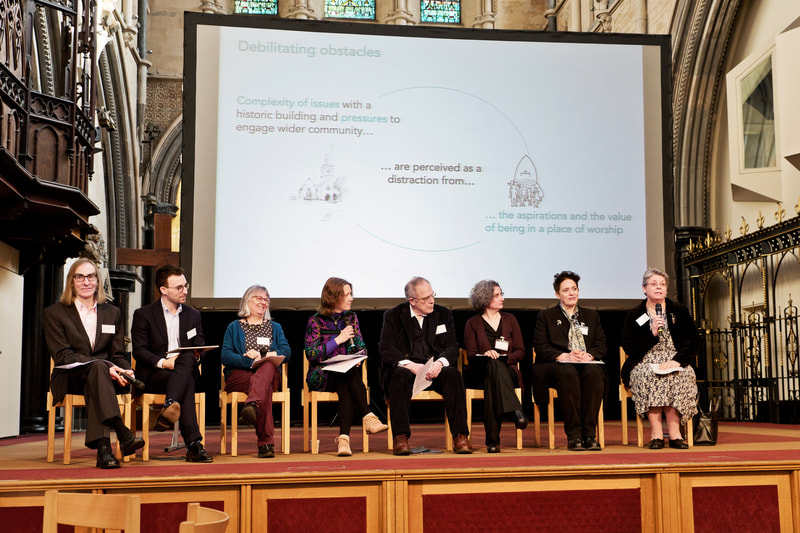
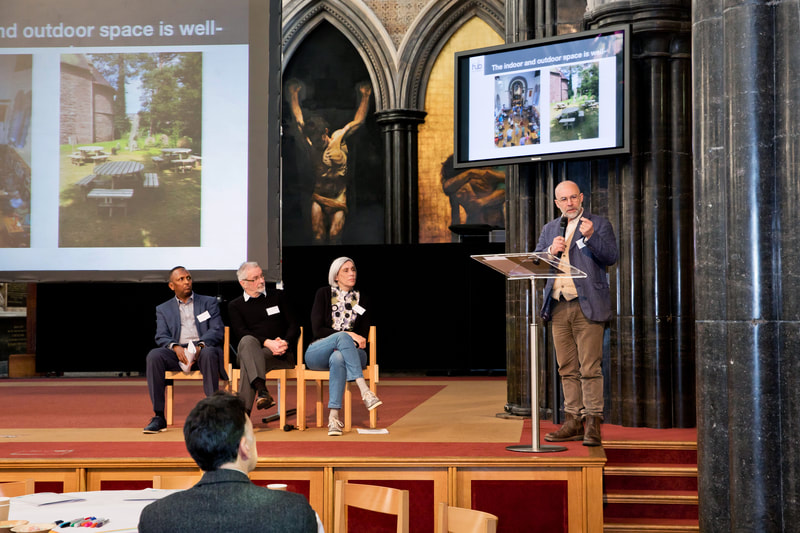
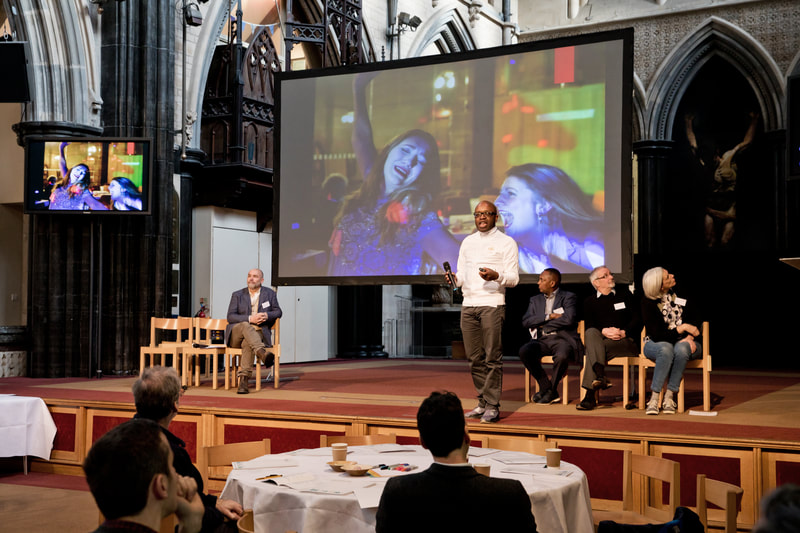


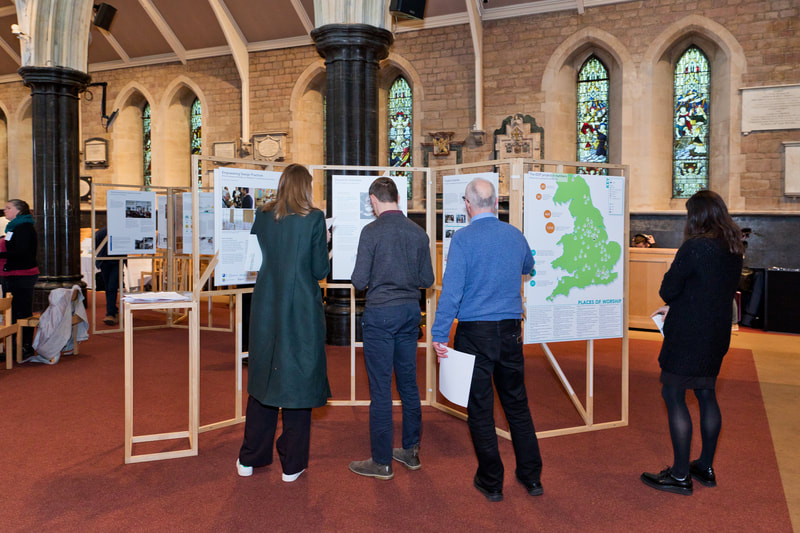
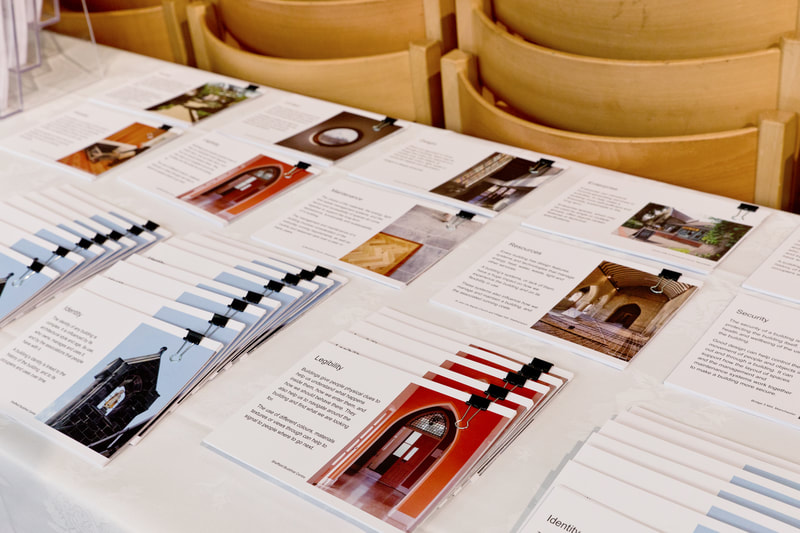


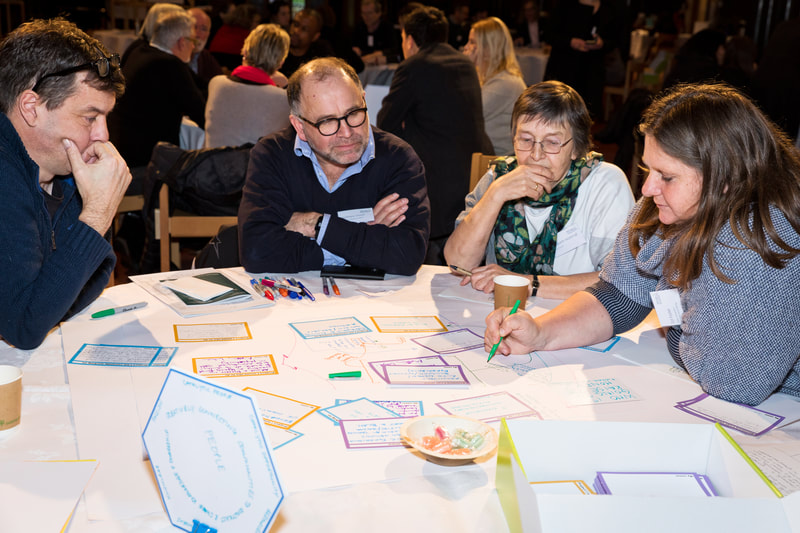






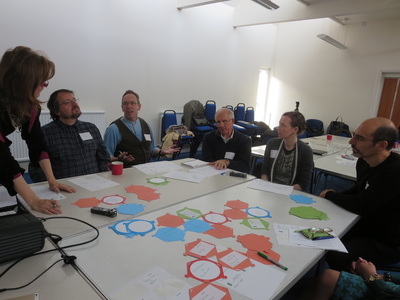


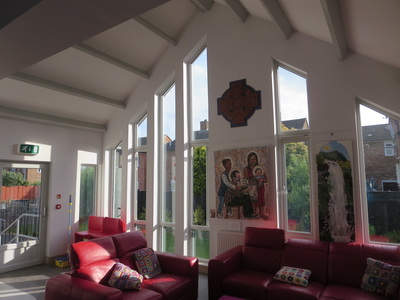


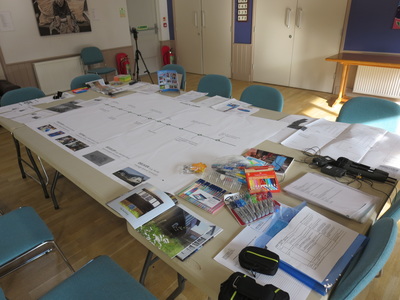













 RSS Feed
RSS Feed